Working out makes us healthier and promotes other healthy habits in our everyday lives. However, sometimes you may experience muscle strain. And muscle strain recovery time can put your time in the gym into doubt.
Let's learn more about muscle strains, how long it takes to recover, and how you can balance healthy living and work out in the gym.
What Is Muscle Strain?

A muscle strain, also called a pulled muscle, occurs when a muscle is stretched or torn due to overuse or injury. Whether you take a tumble outside or you push yourself too hard when bulking for bodybuilding, our bodies have their limits.
This can happen when a muscle is subjected to sudden or excessive force or is not properly warmed up before physical activity.
Muscle Strain Symptoms
Symptoms of a muscle strain include pain, tenderness, swelling, and weakness in the affected muscle. The severity of the symptoms will depend on the extent of the muscle damage.
In mild cases, a muscle strain may only cause a mild ache or stiffness, while in more severe cases, the muscle may feel weak, and it may be difficult to move the limb or use the muscle.
How Long Does It Take To Recover From Muscle Strain?
The recovery time for a muscle strain depends on the severity of the injury. Mild strains may take a few days to a couple of weeks to heal, while more severe strains may take several weeks or more to recover.
The specific recovery time will also depend on the location of the muscle strain and how it is treated. Yes, you can exercise with a muscle strain. But it's important to know your own limits. Our personal trainers in Irvine can help you craft the perfect workout that will help the muscle recovery process. Don't worry; we won't push you into any exercises your body isn't ready for.
Healing Muscle Strains
To help a muscle strain heal, it is important to follow a treatment plan that may include rest, ice, compression, and elevation (the RICE protocol).
You may also be prescribed medications to reduce inflammation and pain or physical therapy to help stretch and strengthen the muscle. It is also important to avoid activities that could further strain the muscle until it has fully healed.
Improving circulation and preventing the muscle from becoming stiff is an excellent idea.
As the muscle begins to heal, you can gradually increase your activity level, but it is important to listen to your body and not push yourself too hard.
If you experience persistent pain or discomfort, you should see a doctor or physical therapist for further evaluation and treatment.
Tools To Minimize Muscle Strain

Muscle strain tools are devices that help individuals recover from muscle strains or prevent muscle strains from occurring. They are often used by athletes, fitness enthusiasts like us, and individuals who engage in physical activities that put a ton of strain on their muscles.
There are several types of muscle strain devices available. Here are some great fitness aids to fall back on in the event of a nasty muscle strain.
Compression Sleeves
These are sleeves worn around the affected muscle to provide compression and support. They help to reduce inflammation and swelling and may also provide pain relief.
Foam Rollers
These are cylindrical pieces of foam used to massage and stretch the muscles. They can help to improve flexibility and reduce muscle tension.
Resistance Bands
These are elastic bands that can be used to perform various strength training exercises. They can be used to strengthen and rehabilitate muscles that have been strained or injured.
Massagers
There are multiple types of massagers that can be used to help relieve muscle tension and improve circulation. Examples include hand-held massagers, vibrating foam rollers, and massage chairs.
It is important to consult with a healthcare professional or physical therapist before using devices like massagers and resistance bands, as they can help to determine the appropriate device and usage instructions based on the specific muscle strain and individual needs.
Causes Of Poor Muscle Recovery
The road to recovery can be long and frustrating. Several factors can contribute to poor muscle strain recovery.
Overuse
Repeatedly using the same muscle group without allowing enough time for rest and recovery can lead to muscle fatigue and strain.
Dehydration
Dehydration can impair muscle function and reduce the body's ability to repair damaged muscle tissue.
Poor Nutrition
Consuming inadequate protein and other nutrients necessary for muscle repair and recovery can slow down the recovery process.
Lack Of Sleep
Adequate sleep is vital for muscle recovery as it allows the body to repair and regenerate tissues. This is a massive aspect of keeping all of your muscles healthy. Always make sure you’re getting at least 6 hours of sleep. Treat your body well; it’ll do a lot of work for you!
Age
As we age, the body's ability to repair and regenerate muscle tissue naturally declines, leading to slower recovery times.
Chronic Conditions
Certain chronic conditions, such as diabetes and autoimmune disorders, can affect the body's ability to repair and regenerate muscle tissue.
Medical Treatments
Some medical treatments, such as chemotherapy and radiation therapy, can also affect muscle recovery.
It is crucial to address any underlying factors contributing to poor muscle recovery to optimize recovery and reduce the risk of further muscle strains.
Which Muscles Take The Longest To Recover?
The amount of time it takes for a muscle to recover can vary depending on several factors, including the severity of the muscle strain, the individual's age and overall health, and any underlying conditions that may affect muscle recovery.
In general, larger muscles tend to take longer to recover than smaller muscles. This is because they are subjected to more strain and are responsible for more powerful movements.
Examples of large muscles that may take longer to recover include
- Quadriceps (front of the thighs)
- Hamstrings (back of the thighs)
- Gluteal muscles (buttocks)
It is essential to allow adequate time for muscle recovery, as rushing the recovery process can increase the risk of further injury and prolonged muscle strain.
Again, it is also important to consult a healthcare professional or physical therapist for guidance on the appropriate recovery and rehabilitation protocols based on the specific muscle strain and individual needs. Not everyone has the same threshold.
Dealing With Muscle Strain Recovery Time With Hideout Fitness

If you are experiencing persistent pain or difficulty moving the affected muscle, it is vital to seek medical attention. A healthcare professional can help determine the cause of your symptoms and provide proper treatment to help you recover. We know you want to return to the gym and start your old workouts, but being careful is the best action plan.
But if you're cleared to start working out again, private trainers in Irvine can also help you with your recovery process.
At Hideout Fitness, our team of certified personal trainers in Irvine will help you develop a workout plan that caters to your recovery.
With meal prep services, private training in Irvine, and more, the Hideout Fitness team will ensure you're back in the gym and feeling good in no time.

.png)

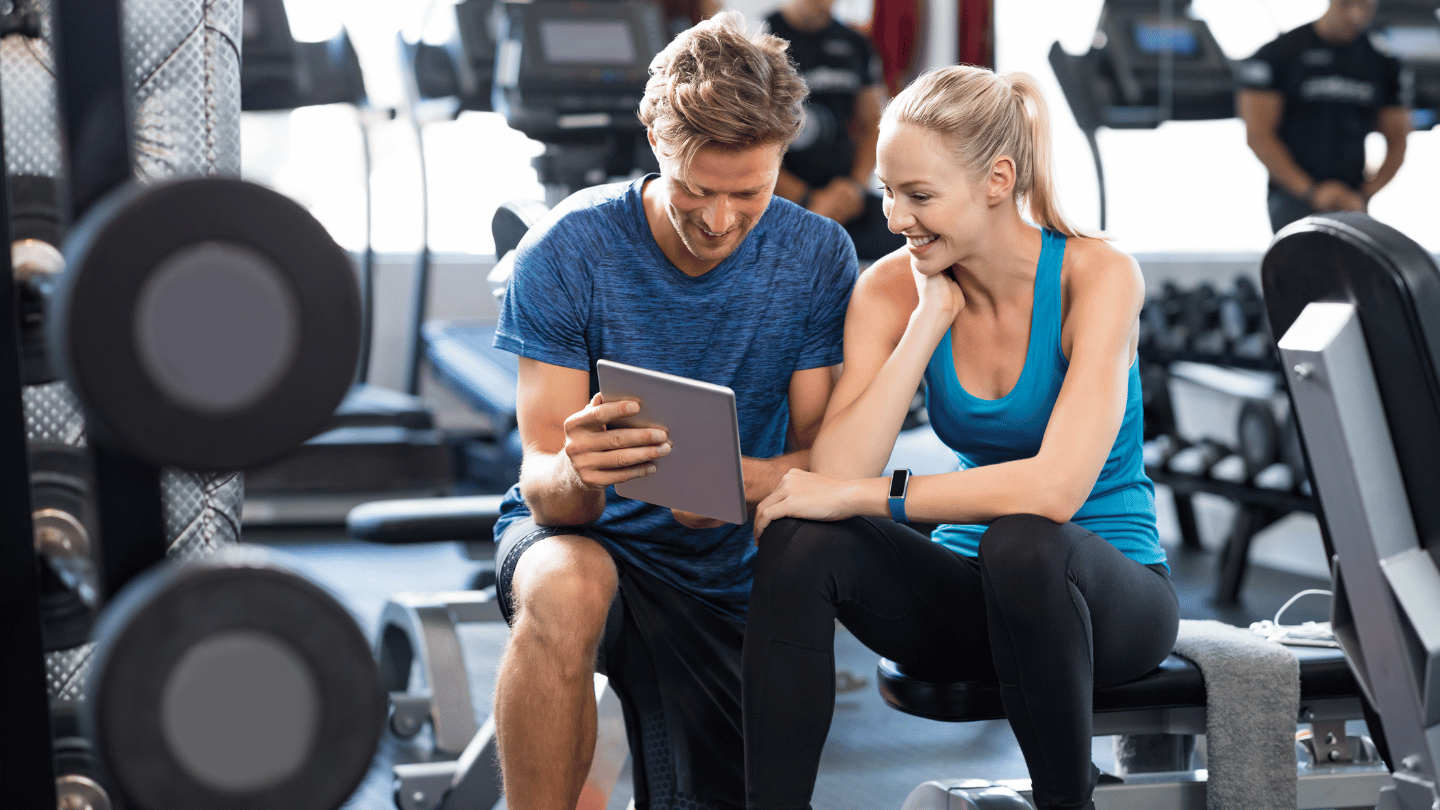

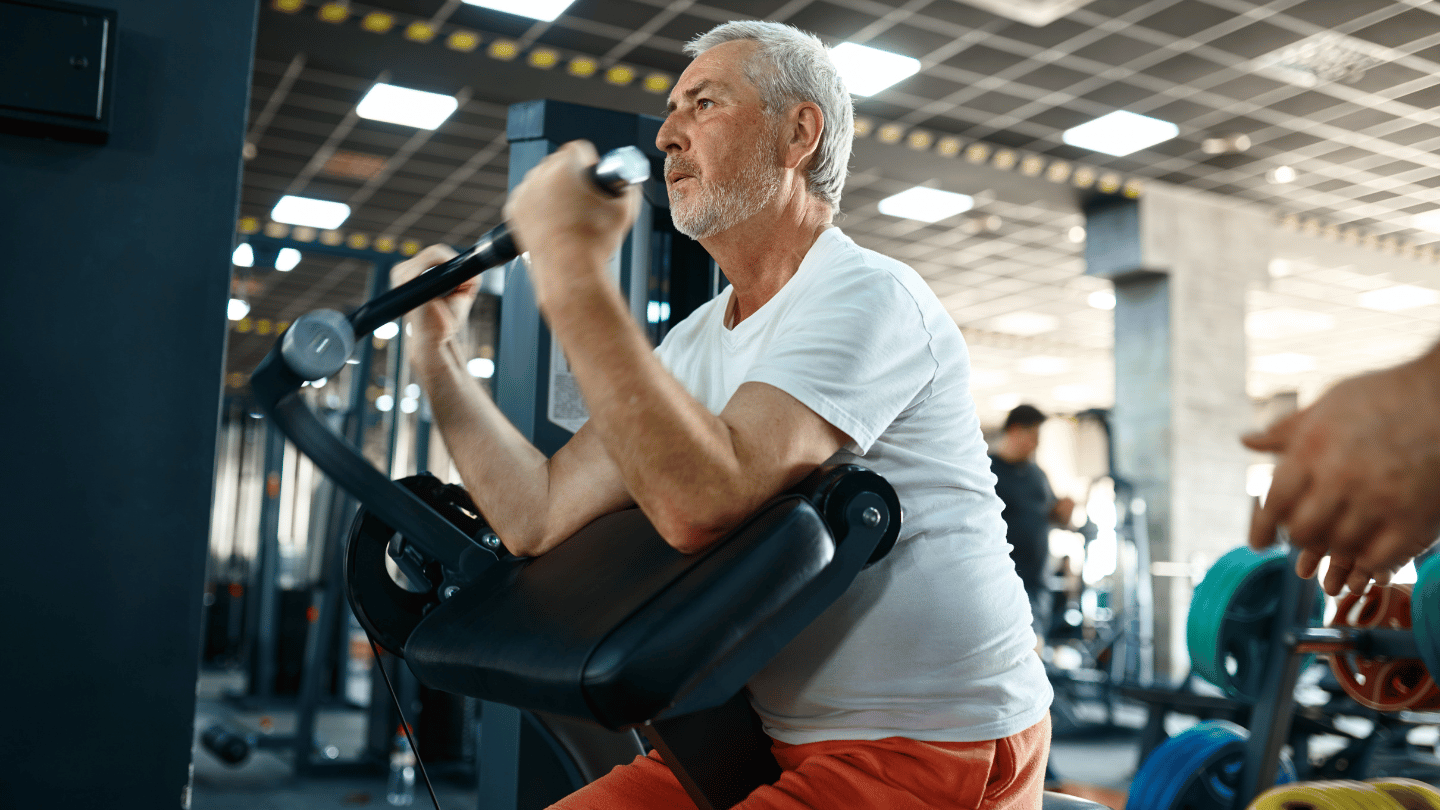

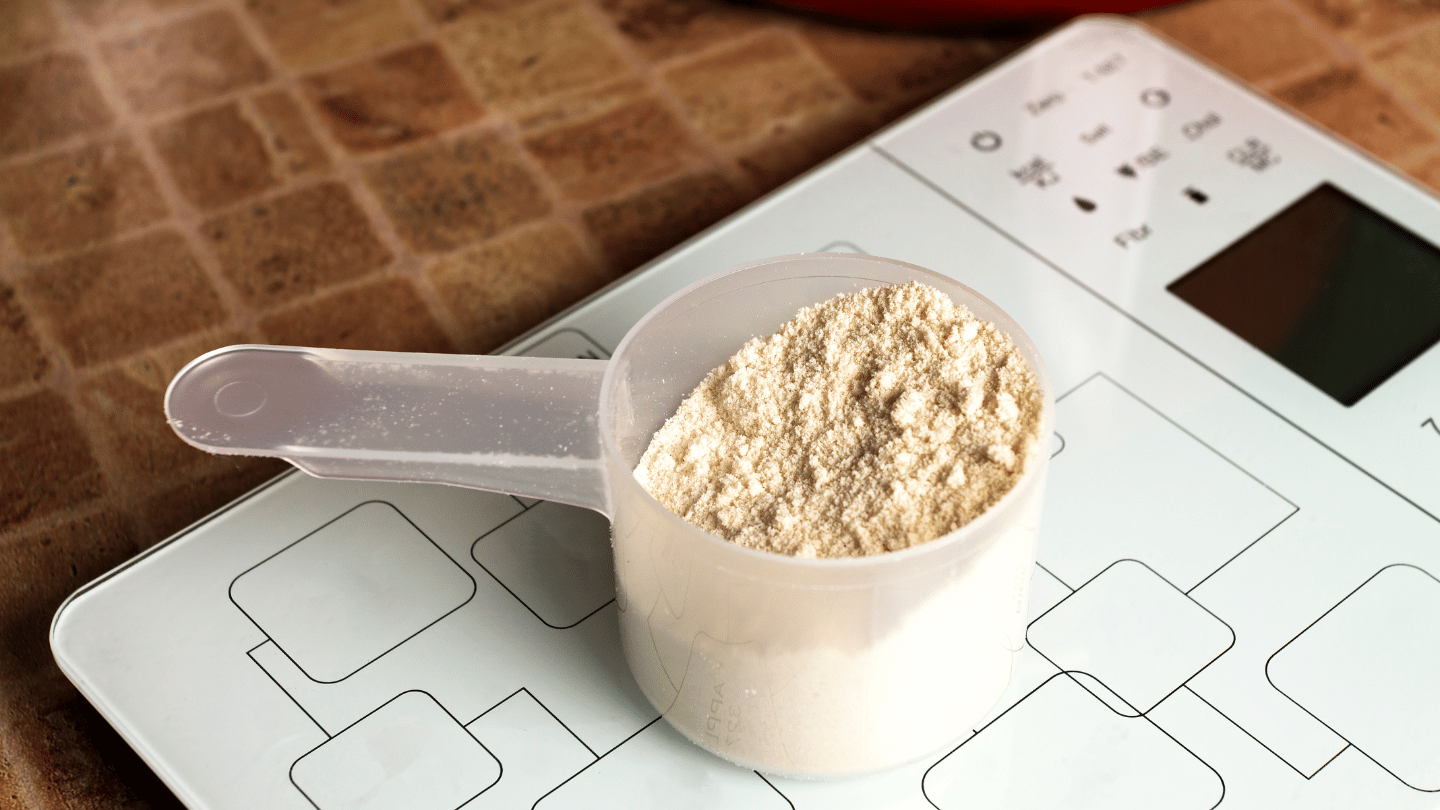


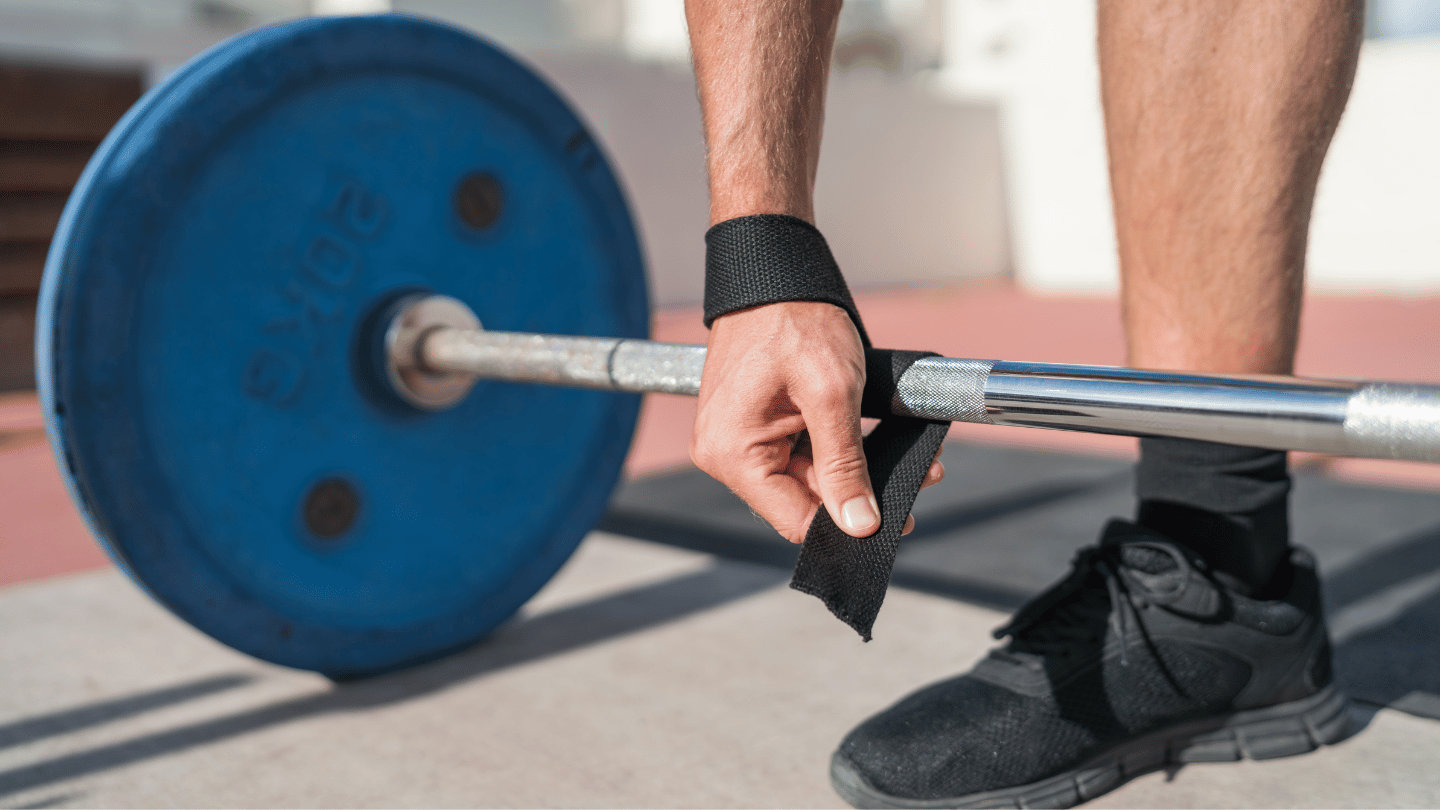


.png)
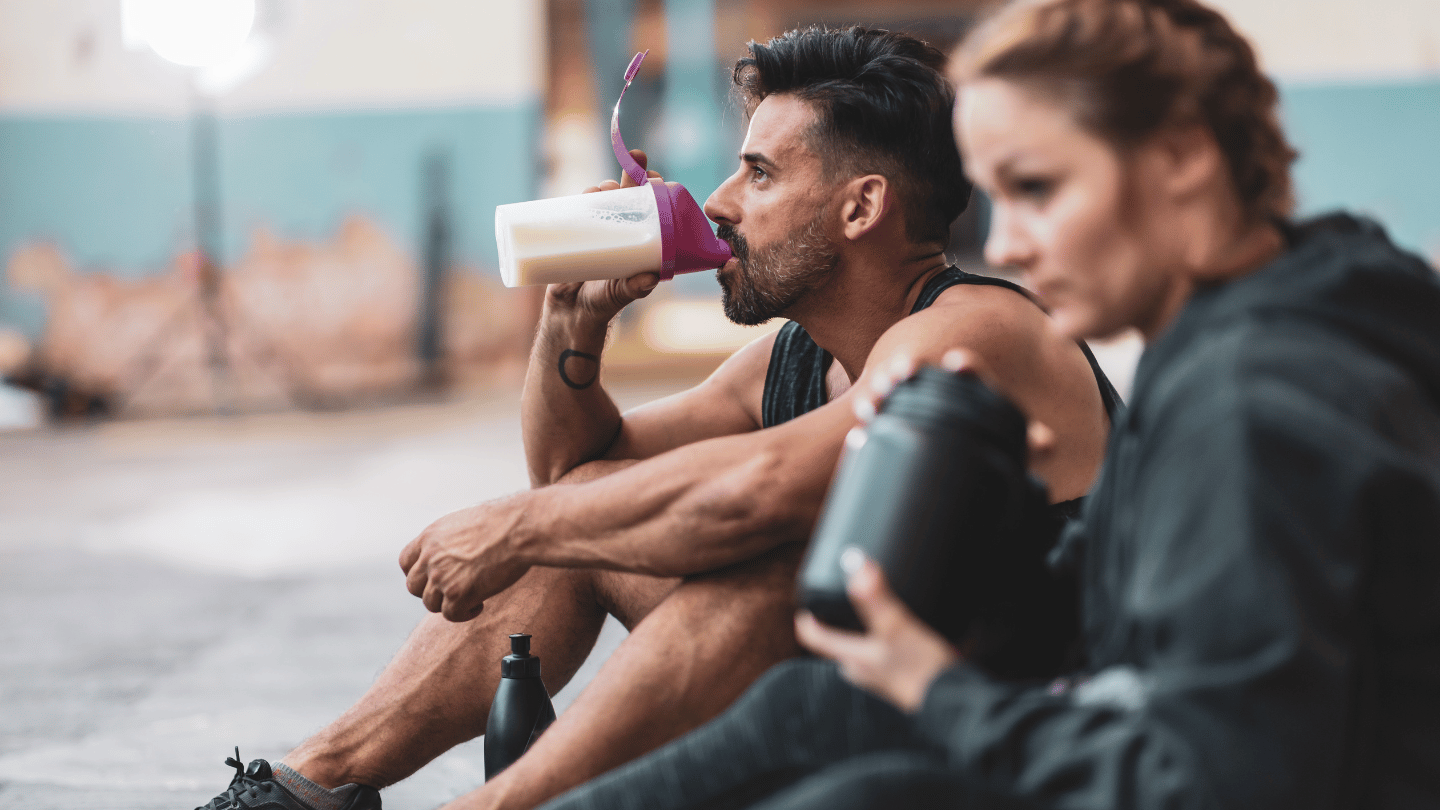










.png)




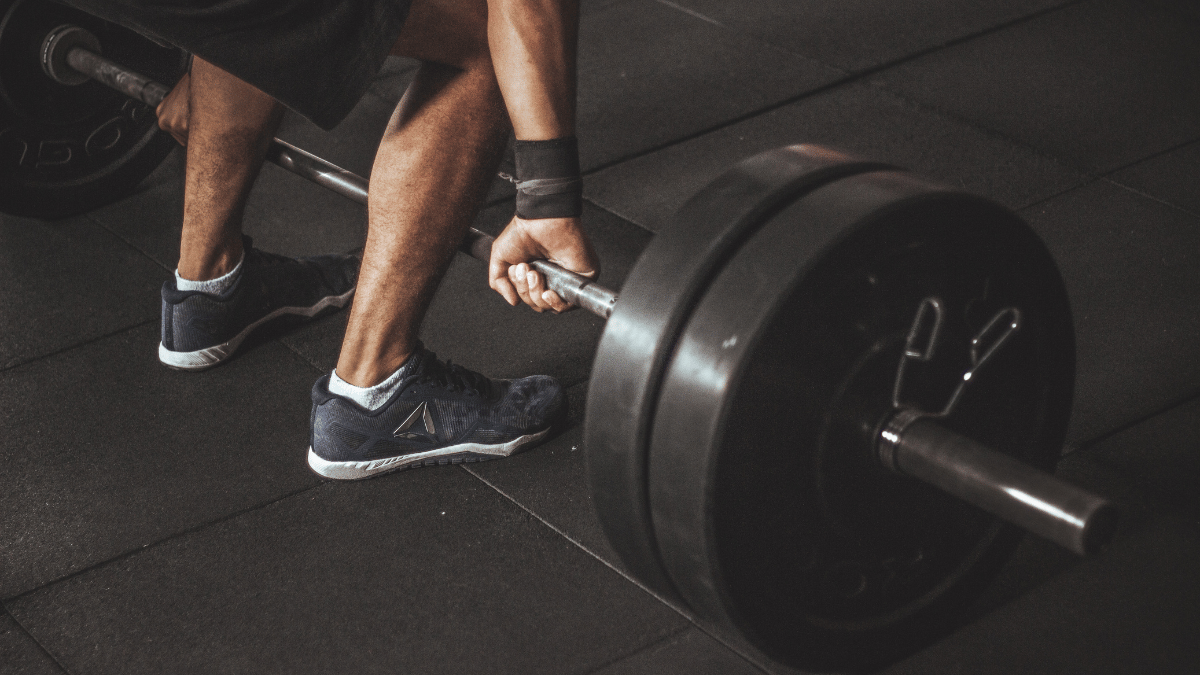





















.png)
.png)
.png)



























.png)
.png)
.png)
.png)
.png)
.png)
.png)
.png)
.png)
.png)



.png)
.png)
.png)


.jpg)
.png)